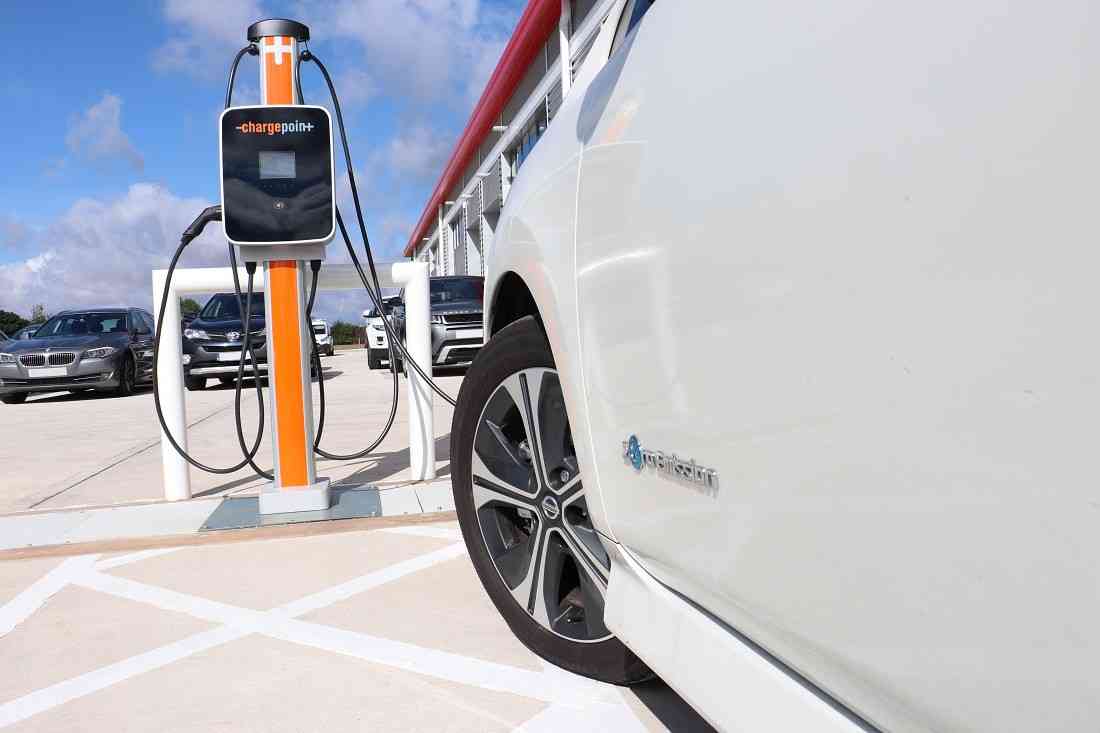Charging your Electric Car
Obviously charging is an important aspect of EV ownership. With charging stations widely dispersed, you have numerous options for recharging.
Commercial car chargers play a significant role in facilitating easy and efficient charging for EV owners. These chargers often provide faster charging speeds, making them a practical choice for those seeking quicker recharging times. Additionally, commercial chargers installed at strategic locations like shopping centers or office complexes can provide added convenience, allowing users to recharge while engaged in other activities.
With power rating, connector type, cabling requirements and vehicle specification to consider it’s more complicated that you’d think. So where do we start?
EV charging explained
There are three main types of EV charging (at the moment), rapid, fast, and slow. These represent the power outputs, and therefore charging speeds, available to charge an EV. Note that power is measured in kilowatts (kW).
Rapid chargers are one of two types – AC or DC [Alternating or Direct Current]. Current Rapid AC chargers are rated at 43 kW, while most Rapid DC units are at least 50 kW. Both will charge the majority of EVs to 80% in around 30-60 minutes (depending a battery capacity). Tesla Superchargers are also Rapid DC and charge at around 120 kW. Rapid AC devices use a tethered Type 2 connector, and Rapid DC chargers are fitted with a CCS, CHAdeMO or Tesla Type 2 connector.
Fast chargers include those which provide power from 7 kW to 22 kW, which typically fully charge an EV in 3-4 hours. Common fast connectors are a tethered Type 1 or a Type 2 socket (via a connector cable supplied with the vehicle).
Slow units (up to 3 kW) are best used for overnight charging and usually take between 6 and 12 hours for a pure-EV, or 2-4 hours for a PHEV. EVs charge on slow devices using a cable which connects the vehicle to a 3-pin or Type 2 socket.
Charging on public networks
Apparently the UK has a large number of public EV charging networks, with some offering national coverage and others only found in a specific region. The major UK-wide networks include BP Chargemaster (Polar), Ecotricity, Pod Point and Charge Your Car. I’m not yet convinced, which is one of the reasons (and the lack of engine noise) that I have not yet been convinced to jump into this electric car world, and purchase.
Regional networks usually cover well defined areas such as the Midlands or the South West. Since a number of these are operated by or have links with national networks, it is often possible to use the points within these regional networks with a national account. However, the level of access depends on the network and specific charge point.
Payment and access methods across networks vary widely, with some networks providing an RFID card and others a smartphone app to use their services. While most require an account to be set up before use, some rapid units with contactless PAYG card readers are starting to be installed.
Although many EV charge points are free to use, the majority of fast and rapid chargers require payment. Charging tariffs tend to comprise a flat connection fee, a cost per charging time (pence per hour) and/or a cost per energy consumed (pence per kWh).
Charging an EV at home
Definately no. 1 priority for me, and many other considering a EV, as most of the trips we do in our lives are short trips. Charging at home is also the most convenient and cost effective way to recharge an EV. Government grants are available for the installation of home EV charge points, and a large number of companies offer a fully installed charge point for a fixed price.
Most home chargers are either rated at 3 kW or 7 kW. The higher powered wall-mounted units normally cost more than the slower 3 kW option, and halve the time required to fully charge an EV. Many plug-in car manufacturers have deals or partnerships with charge point suppliers, and in some cases provide a free home charge point as part of a new car purchase.
In most cases, home-based charging requires off-street parking to avoid trailing cables across public footpaths and public areas. All EV charging units are wired directly to the central metering unit, usually on its own circuit for safety and to enable monitoring separate from other electrical loads. While less common, on-street residential charging units are becoming available in some local authority areas.
How to charge an EV at work
More and more companies are and will install workplace EV charging units for use by employees and visitors. As with home-based charging, plugging-in an EV at the workplace charging makes sense as an employee vehicle will typically be stationary for most of the day when it can be conveniently charged. Work-based chargers can also play a role in attracting customers to visit a commercial or retail site.
While workplace charge points are similar to home-based units, power-ratings tend to be higher with more 7 kW and 22 kW units installed. More business units are double socket allowing them to charge two cars at the same time. The higher power units also enable plug-in company fleets to ‘opportunity’ charge in the middle of the day to increase the effective number of business miles driven per day without having to use more expensive charging on the public rapid network.
Company benefits in the form of grants and enhanced capital allowances are available for workplace charging units. Company owners can decide whether to provide free charging or top charge a fee to use the facilities, many opting for zero or low cost to incentive EV usage within the company and by customers and visitors.
More and more companies such as Mint Energy will install workplace EV charging units for use by employees and visitors.






